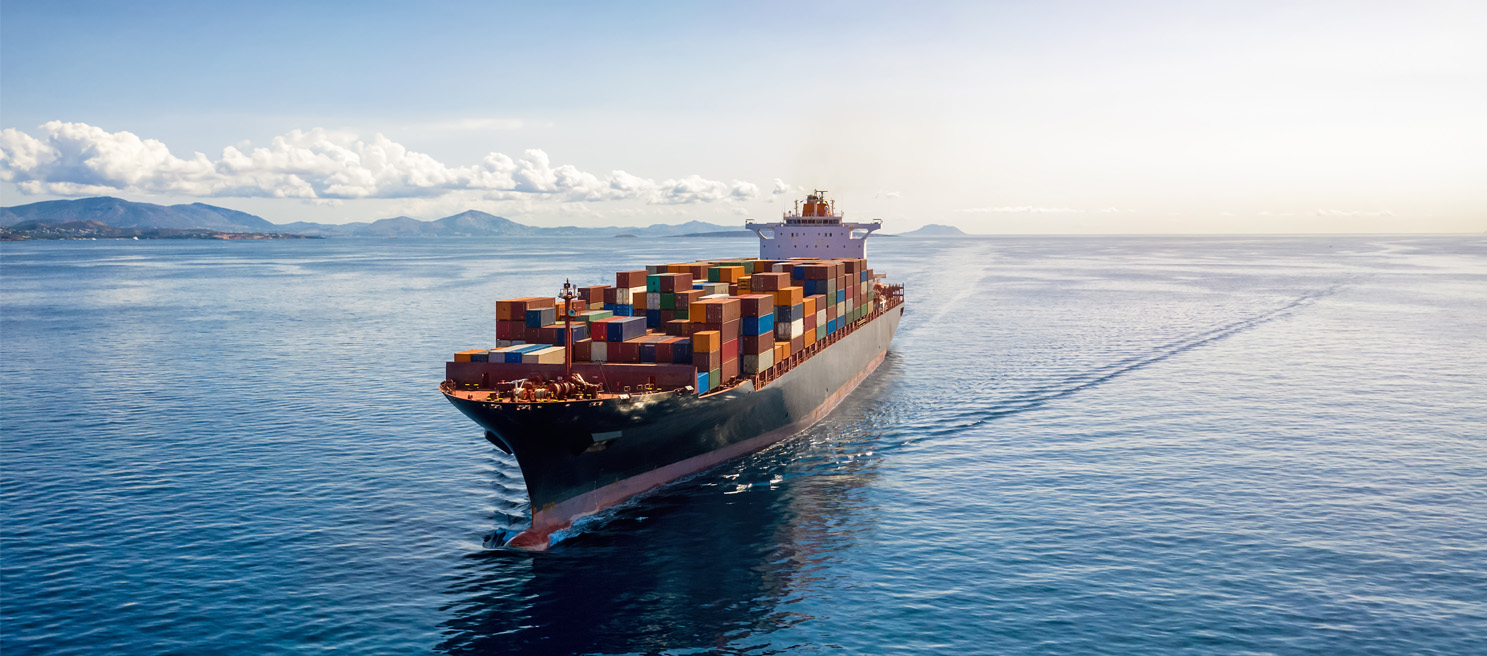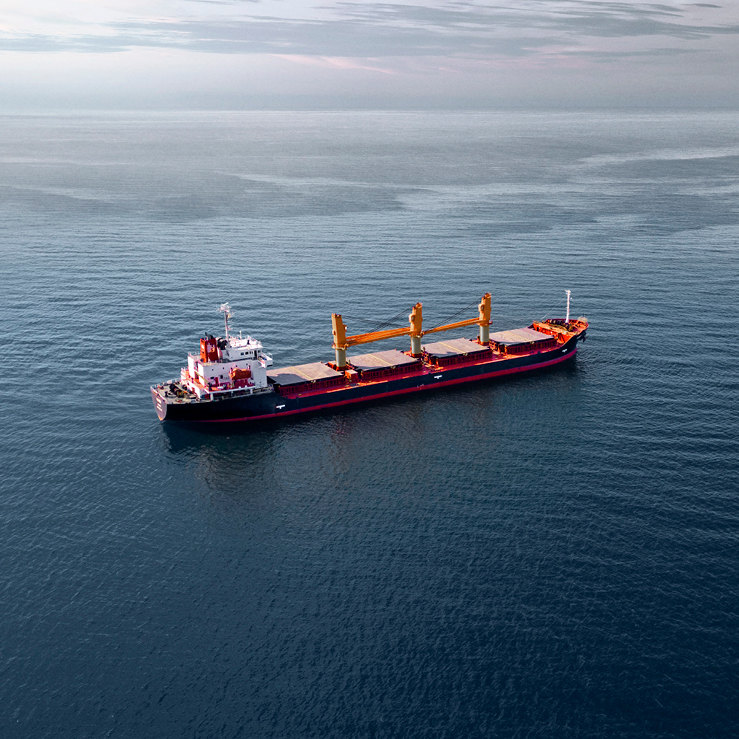Singapore
The Asian LSFO market is expected to strengthen, supported by increased bunker demand ahead of the Lunar New Year lull and tighter arbitrage supplies from Western markets.
The Asian HSFO market remains supported by limited prompt availability and anticipated supply tightness following recent US sanctions on Russia's energy sector.
The Asian gasoil market is expected to strengthen driven by a market structure bolstered by stricter sanctions on Russian and Iranian shadow tankers.
ARA
Prompt avails on IFO looking tighter, and price premiums starting to reflect the same.
Fujairah
Fujairah market continues to see aggressive selling with new recent lows seen for VLSFO pricing at SIN MOPS 0.5 low single digits. The market remains oversupplied versus demand. HSFO continues to grow with strong demand and increased supplier capacity to meet this. We expect the strong demand to continue with the run-up to the Lunar New Year.
New York
Frigid temps in NYH causing some Ops issues with regard to HSFO discharging from shore tanks and barge. HSFO demand is still heavily related to the strike that was averted.
Houston
US Gulf is currently being hit with winter storm Enzo. As of Monday afternoon, the port of Houston and surrounding ports are closed to vessel and barge traffic. Hazardous winter conditions are expected to persist through Wednesday evening January 22nd. After the port reopens, suppliers will likely be working through a backlog of deliveries. Heavy operational delays, up to and including the potential for missed deliveries, should be expected through the weekend into early next week.
In general, heavy congestion at loading terminals persists. Some barges are waiting several days to load after tendering NOR. We expect this to continue over the next month as is common for this time of year. Buyers should anticipate potential operational delays with bunker operations in Houston.
Gibraltar
The backlog from last week seems to both entail Gibraltar and Algeciras now. With inner Anchorage at Algeciras being very congested and 1 supplier having an 18-24 hours delay, for Gib another supplier reports a 12-24 hours delay.
Malta
On Friday Bunkering was suspended due to strong winds - however no reports of any backlog due to this.
Durban
We are seeing volume decline in Durban due to high prices.
For port availability and demand, download the full report here.









